I’m back in the snowy north, hunkered down while the snow piles up. This is my last post from my trip to Tampa. For next week I’m working on another post about glass (yes, there’s more!), as well as a post about school security – particularly the “creative” and often non-code-compliant methods I’ve seen a lot of lately. If you’ve run into any interesting security modifications for schools, send them along! Have a great weekend all!
In my last post I included photos of some of the exterior doors and other exterior features at the Tampa Bay Hotel. There are plenty of interesting and beautiful doors on the interior as well.
During construction of the hotel, Henry Plant added a wing with a dining room and additional guest rooms. The room below is in that wing, under the large dome shown in the aerial view in my last post. The room is called the Fletcher Lounge, and has been beautifully restored by the Chiselers, a group dedicated to the historic restoration of the hotel.
The entrance doors have a lock and a separate deadlock – they are also inswinging. However, these doors do not have an exit sign and there are marked exits with outswinging doors and panic hardware on each side of the room. The entrance doors also have spring hinges, which as you can probably imagine, are not working very well.
This existing mortise knob was retrofitted with a cylindrical latchbolt. I didn’t take it apart to investigate, but it works.
Some of the floor-to-ceiling windows have been retrofitted as egress doors.
This is the exit from the museum side to the university side. See any potential problems? I know there’s no exit sign but there are very few exits from the museum so I’m assuming this one is required.
There’s a door waaaaayyyy down at the other end of the corridor, but it is locked.
Many of the interior doors have beautiful arched glass transoms with an operable transom window, like the Reading and Writing Room.
According to my copy of the Builders Hardware Handbook by Adon Brownell (I love this book!), this is called a surface type transom lift.
This is the entry door to one of the original hotel suites.
Many of the interior doors are of a similar stile and rail design, but with various designs used for the top panels. This one is painted:
Some of them look like they might be tooled leather and others are fabric:
Details of some of the panels:
This panel is from the university side of the building, where the original doors have been replaced and the panels are of a more durable material.
There are SO MANY doors in this building that many of them are not needed and are blocked by furniture:
Here’s some of the old hardware, mostly on the museum side. Given the age of the building, I was surprised that I didn’t see one of Louis C. Norton’s original creations.
Some of the exterior doors have chrome hardware, while the rest is bronze or brass. I’m curious why.
And here are a few of the beautiful interior features of the building:
You need to login or register to bookmark/favorite this content.




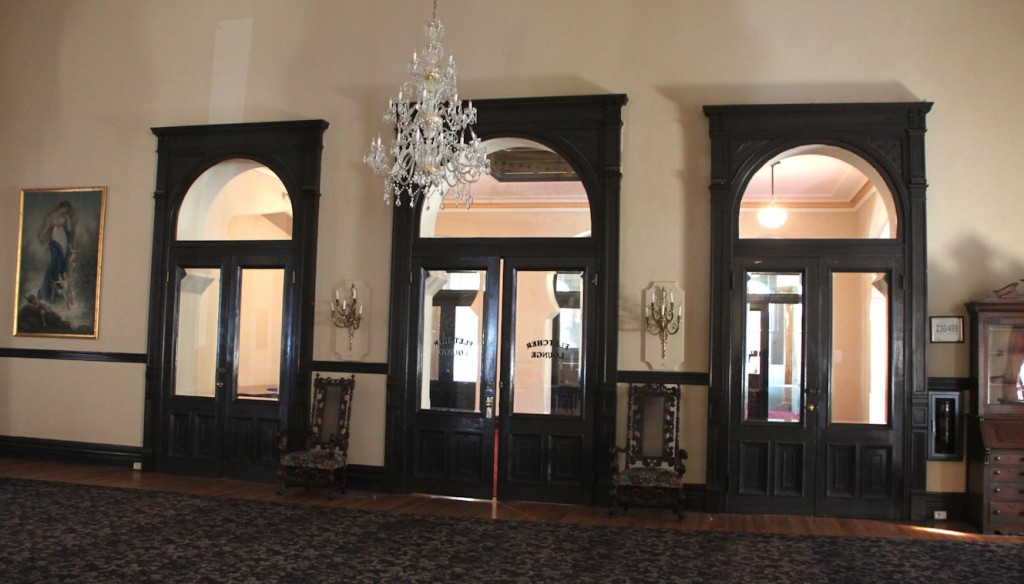

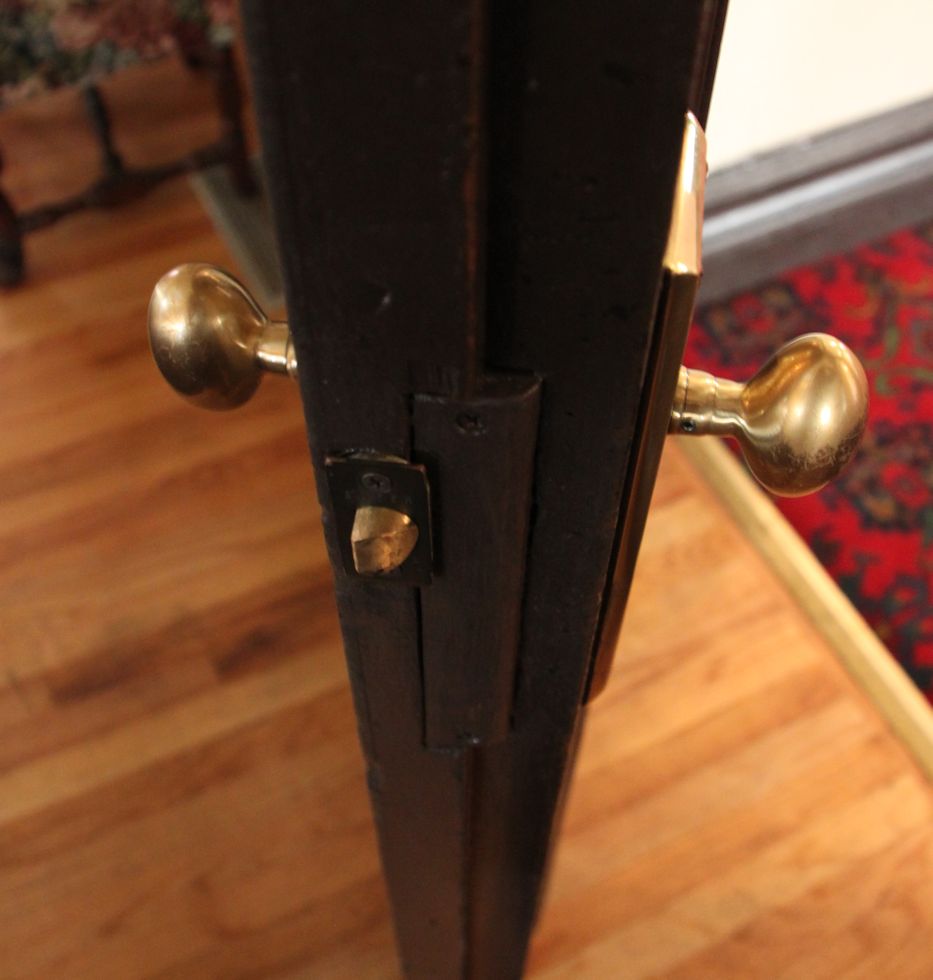

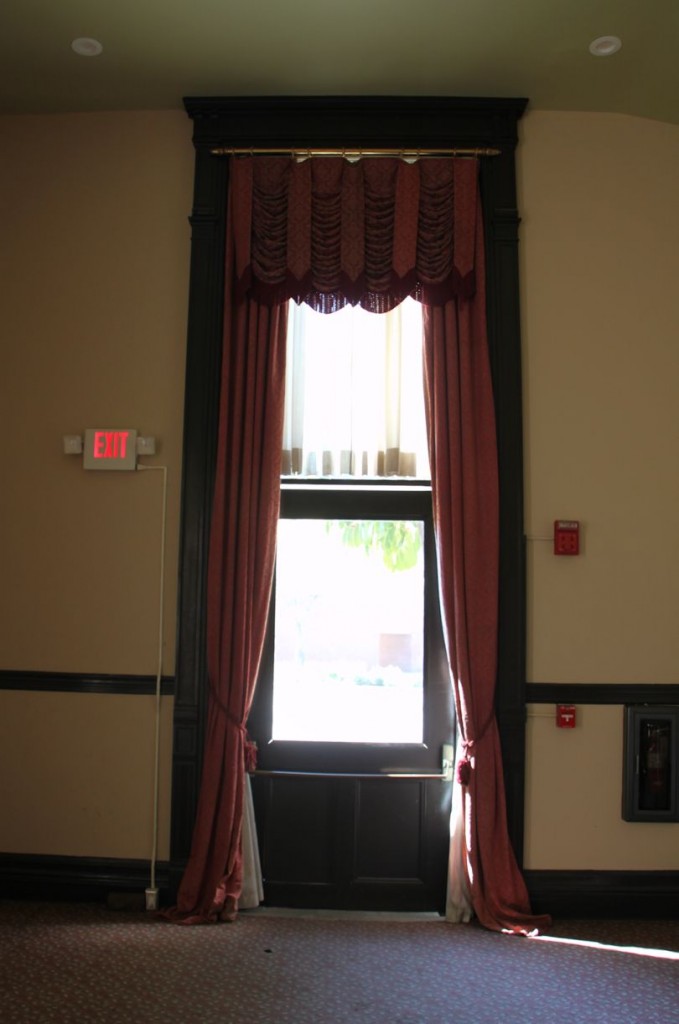
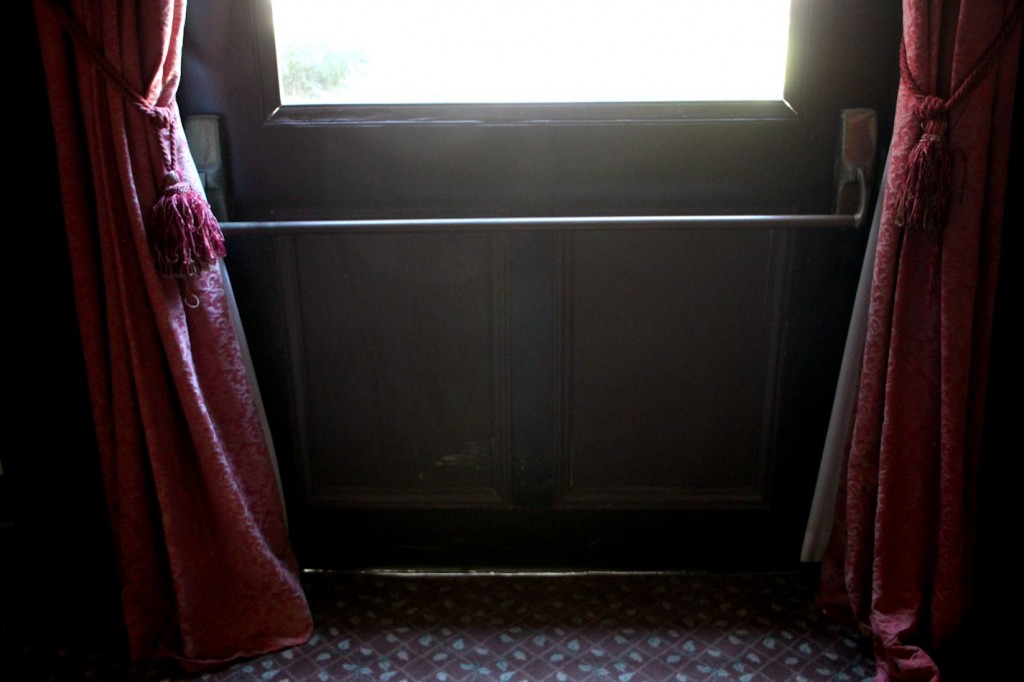
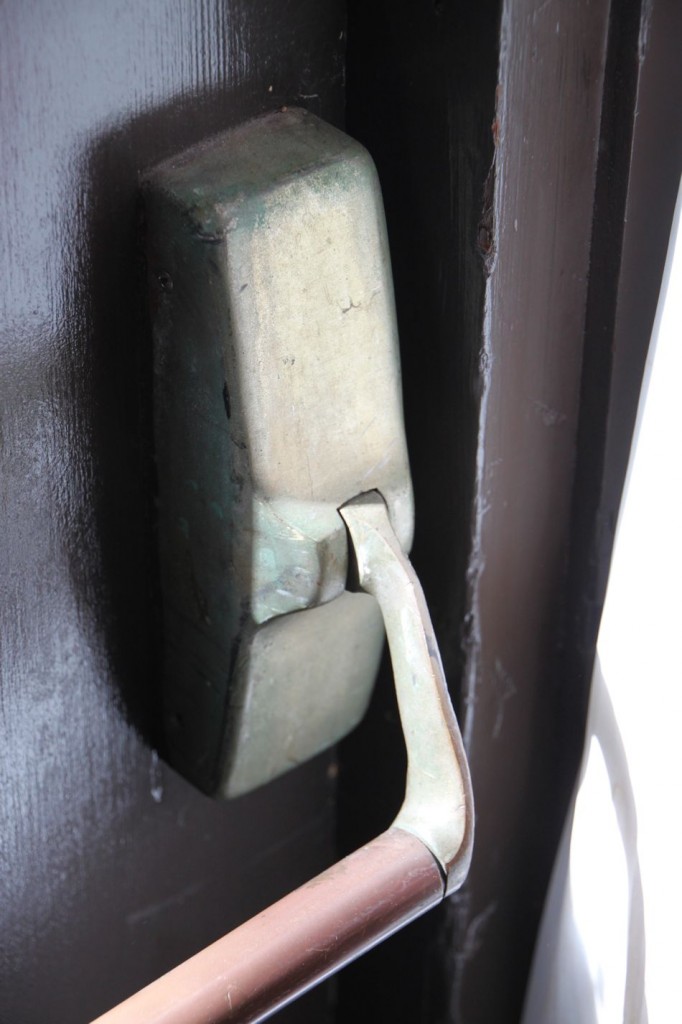
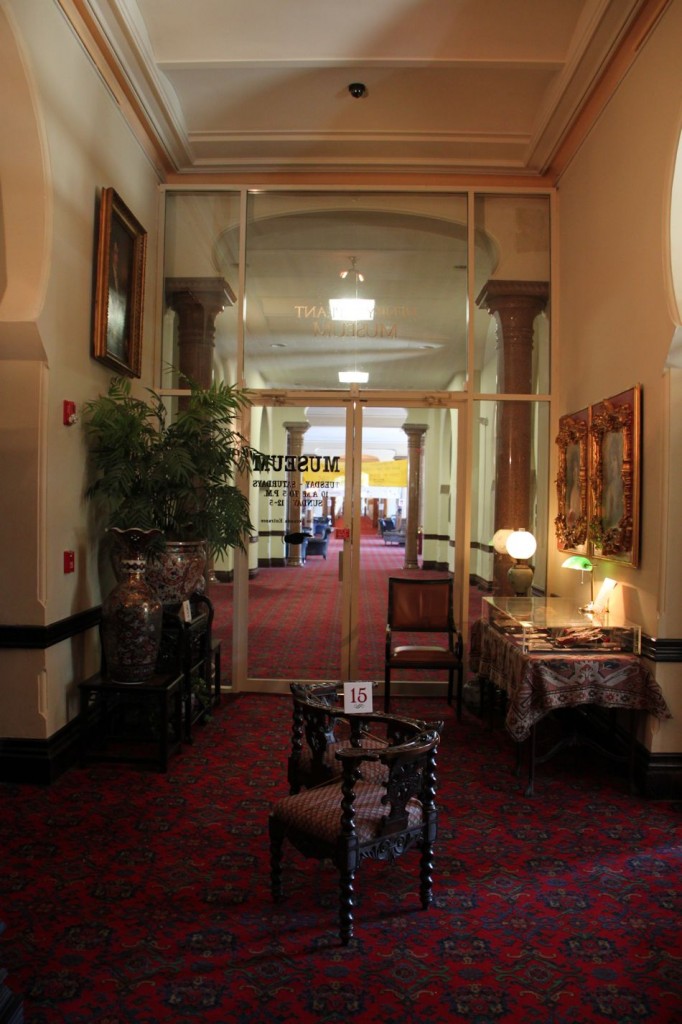
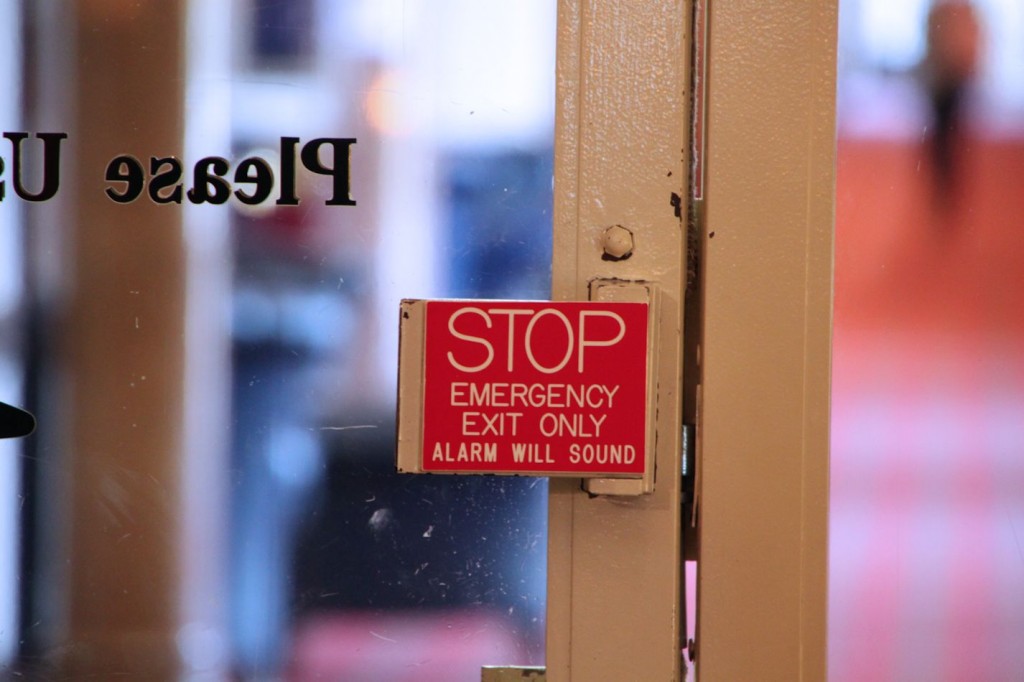

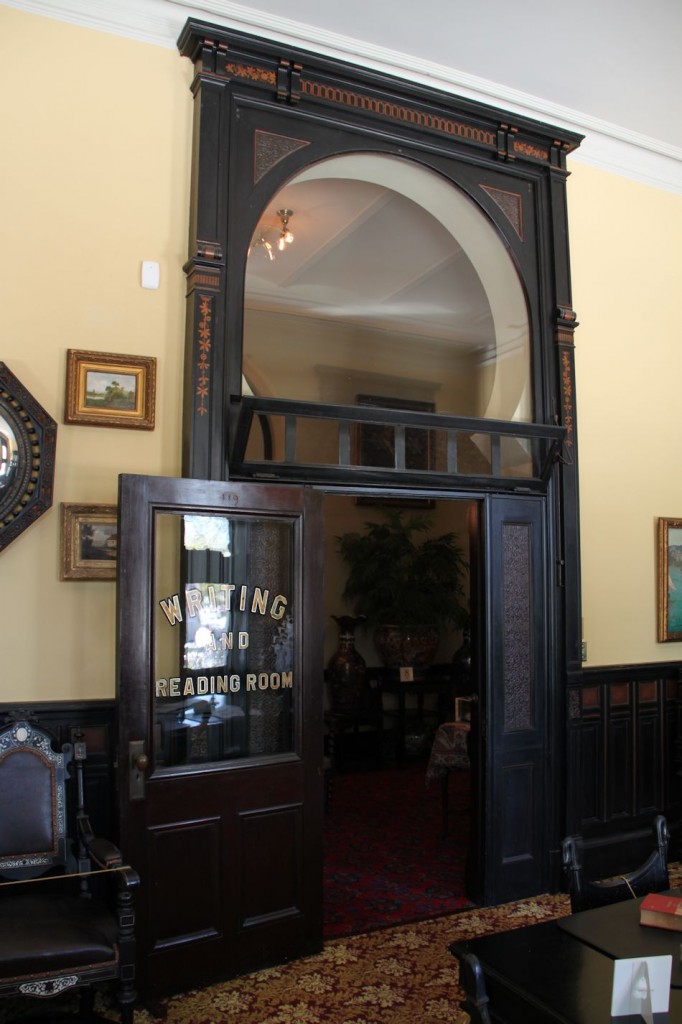
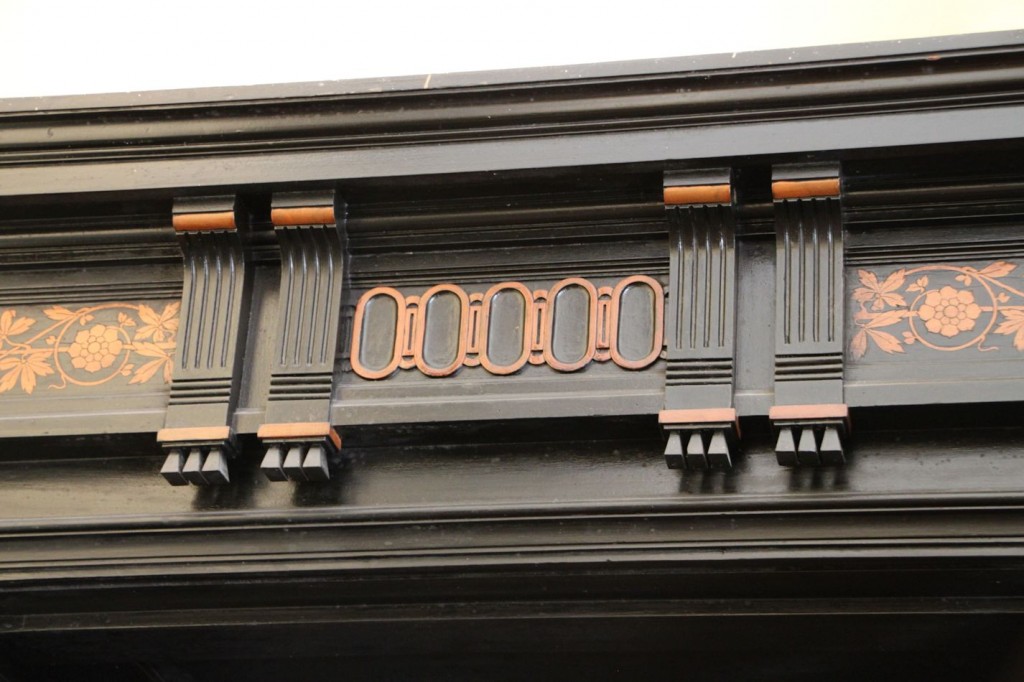
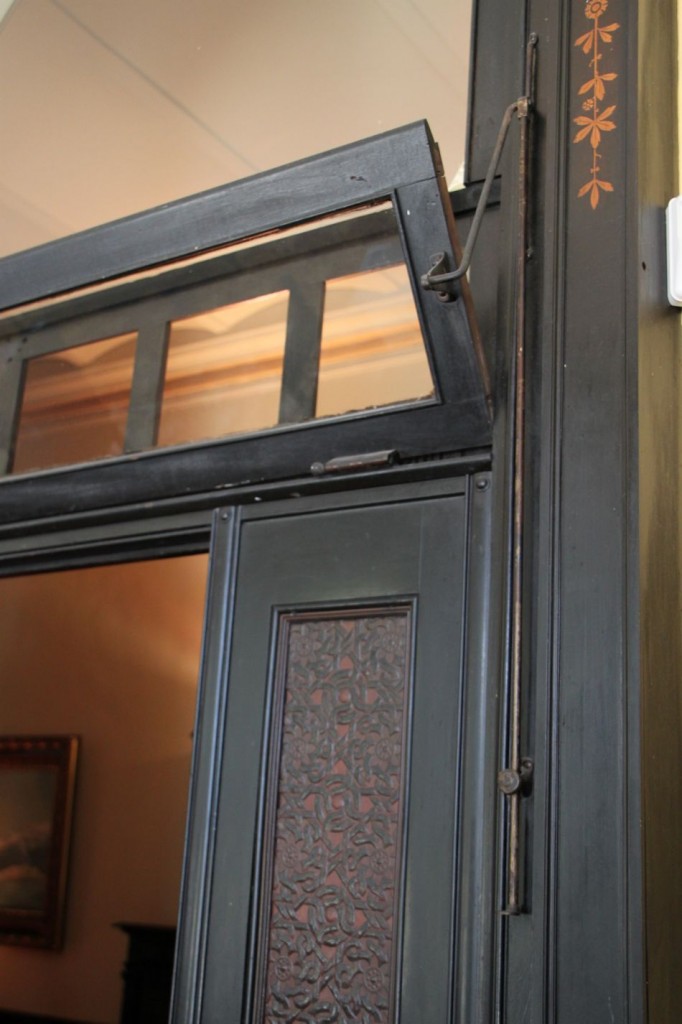

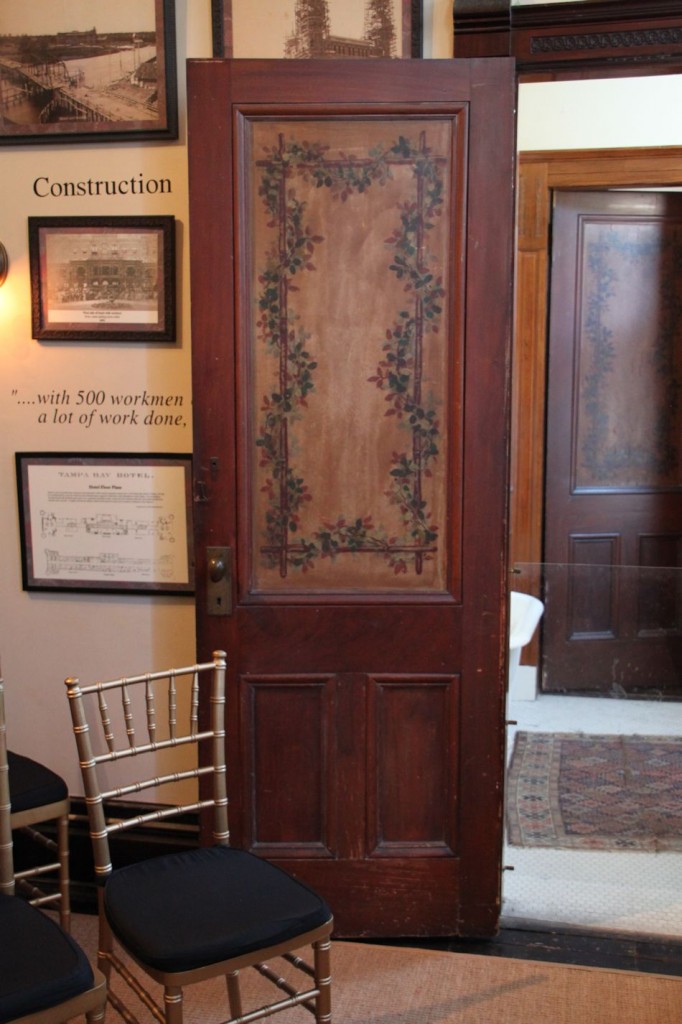

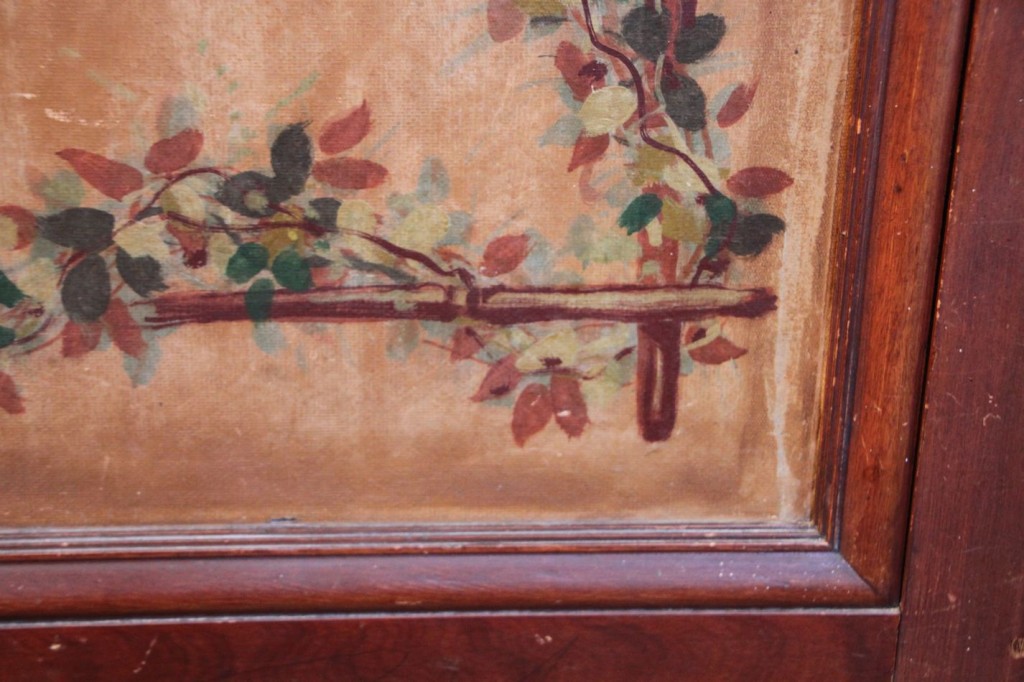
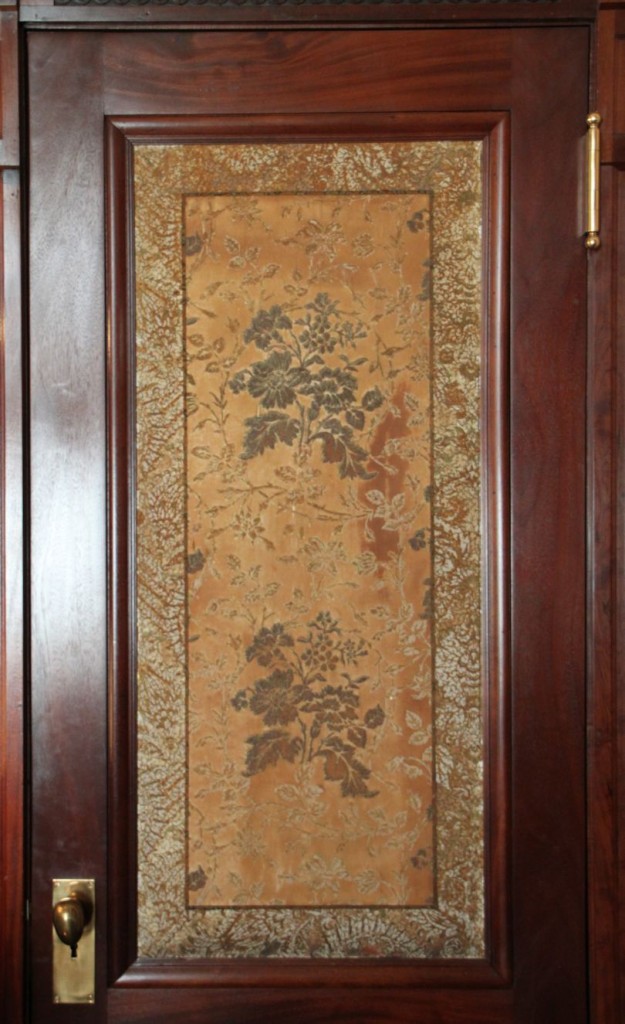
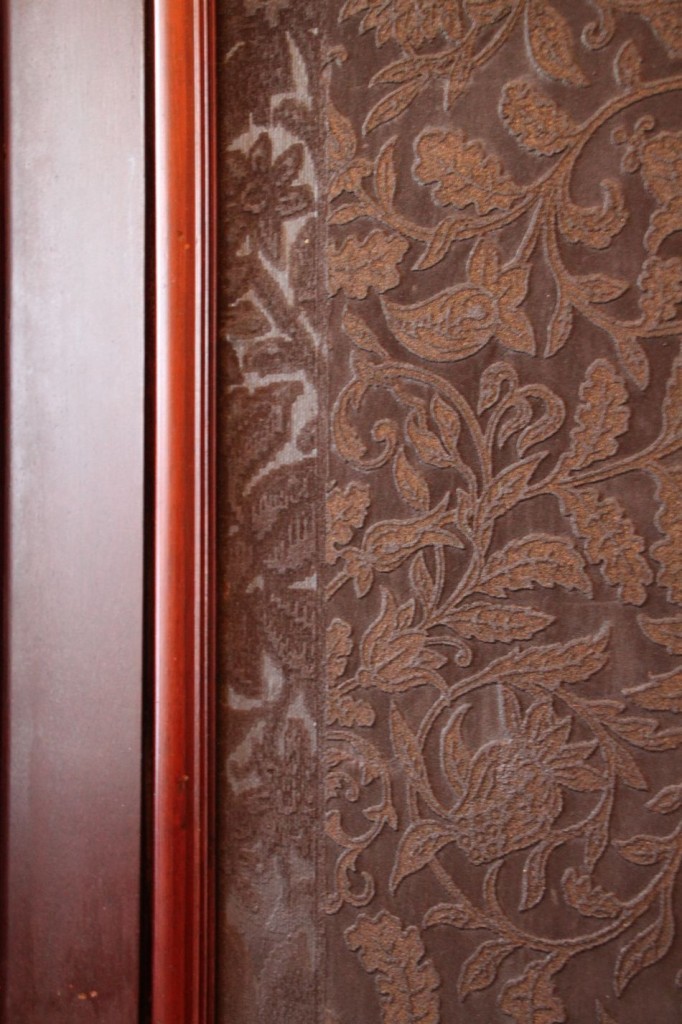
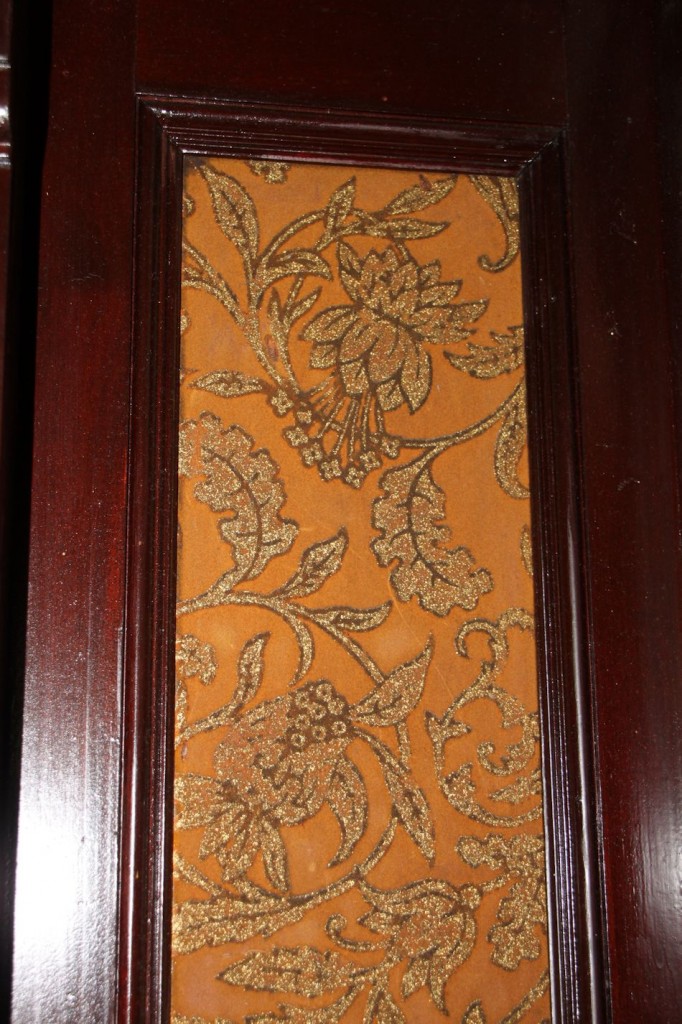

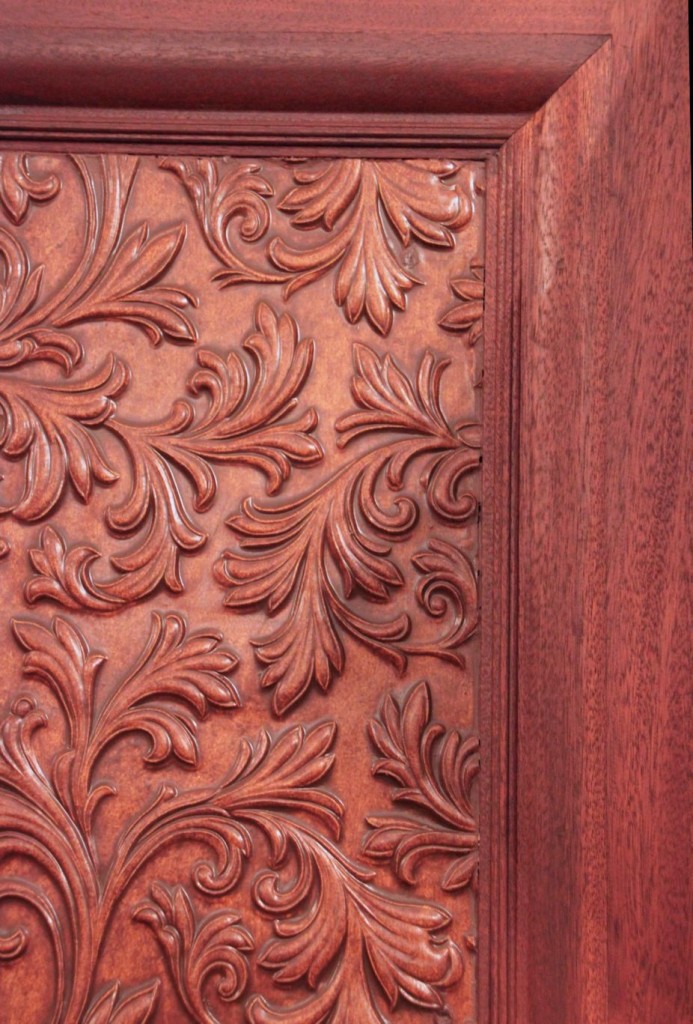
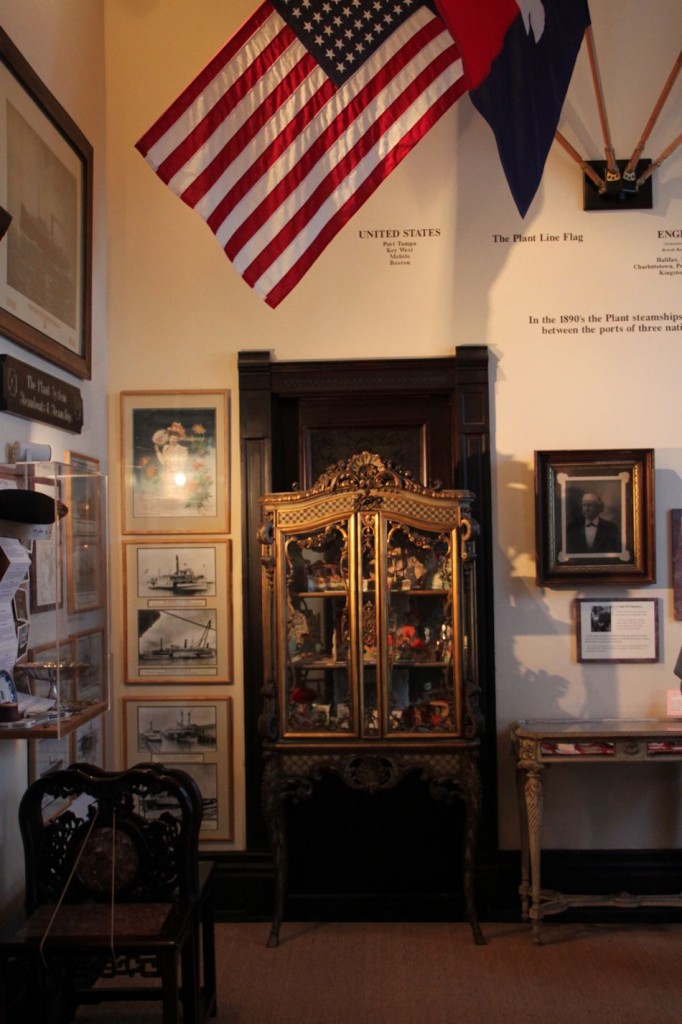
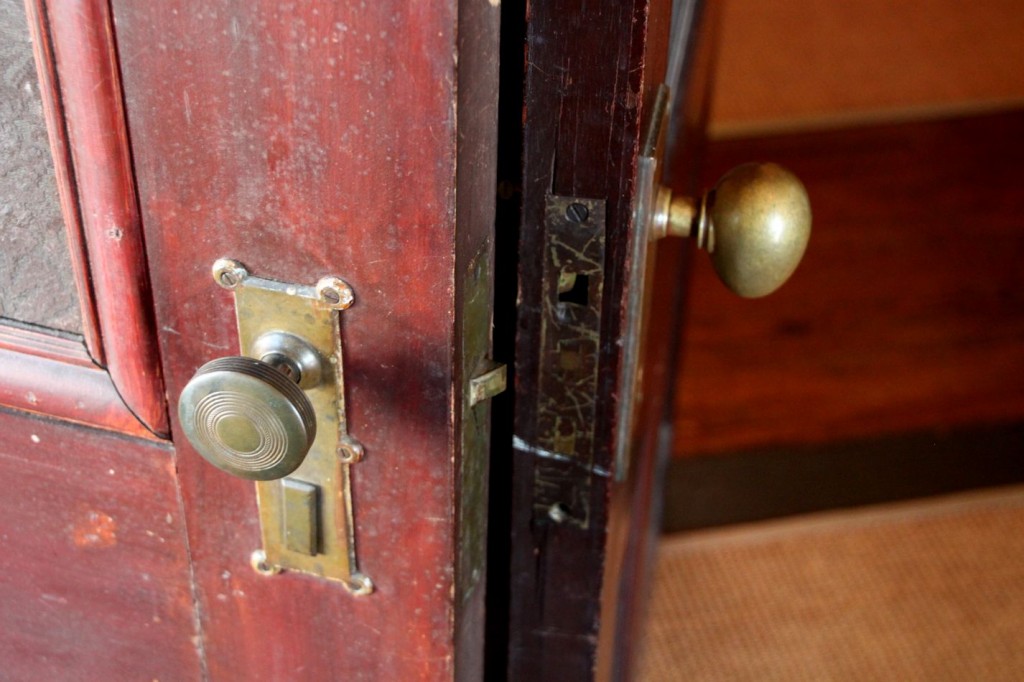
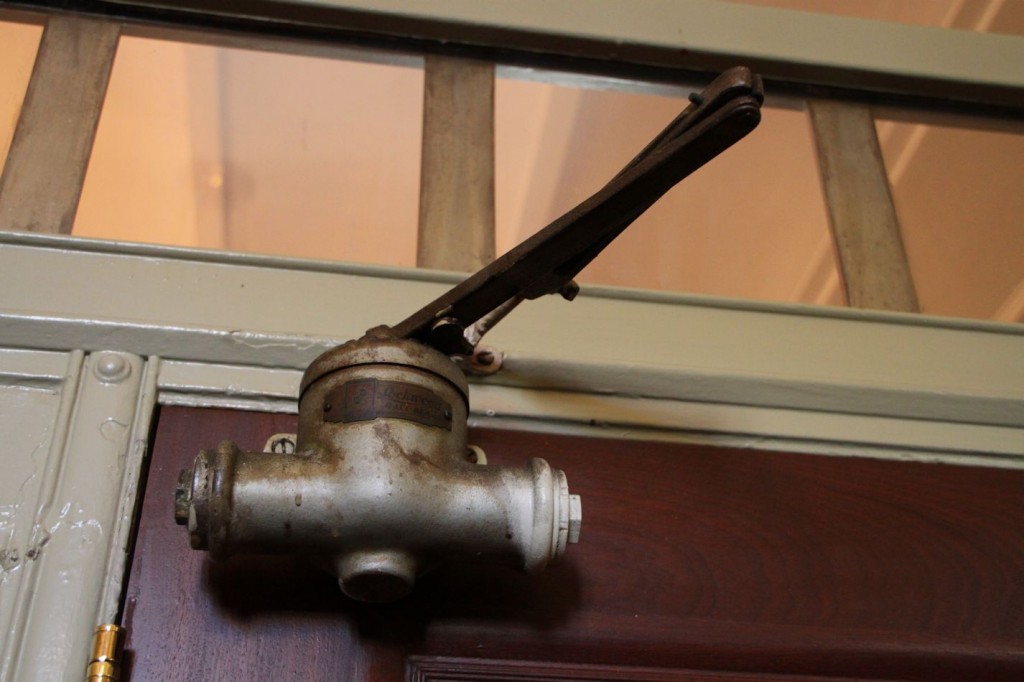
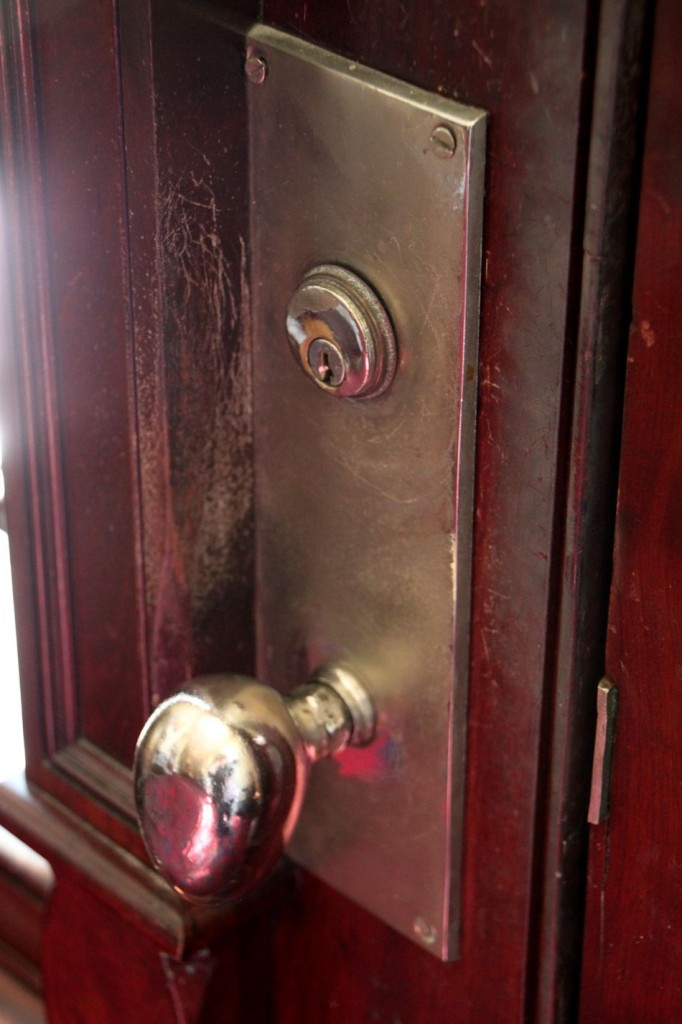
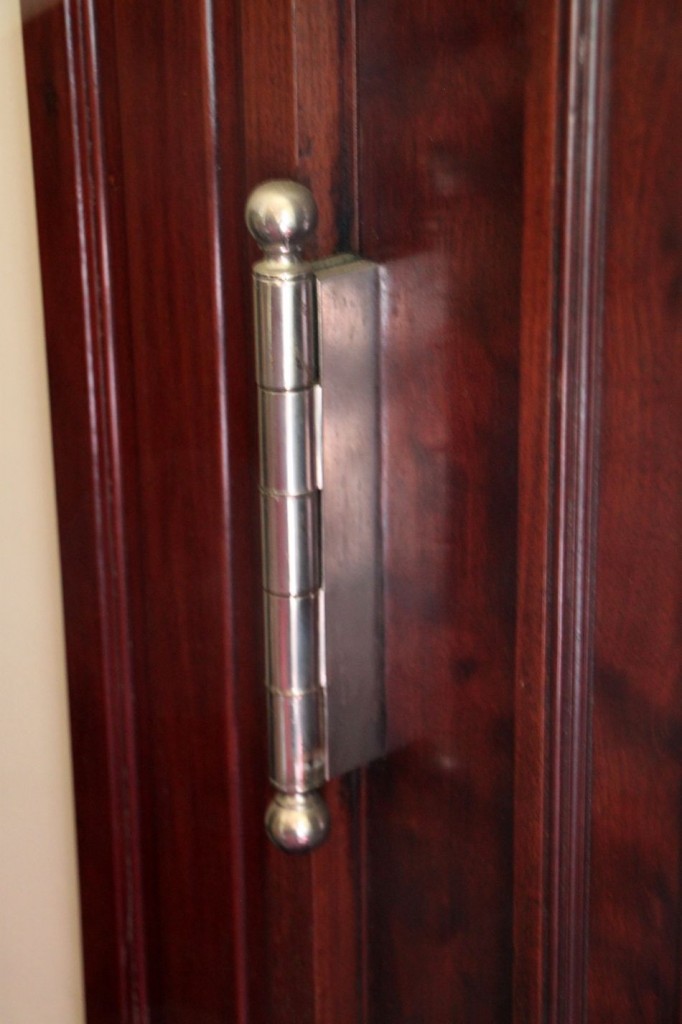
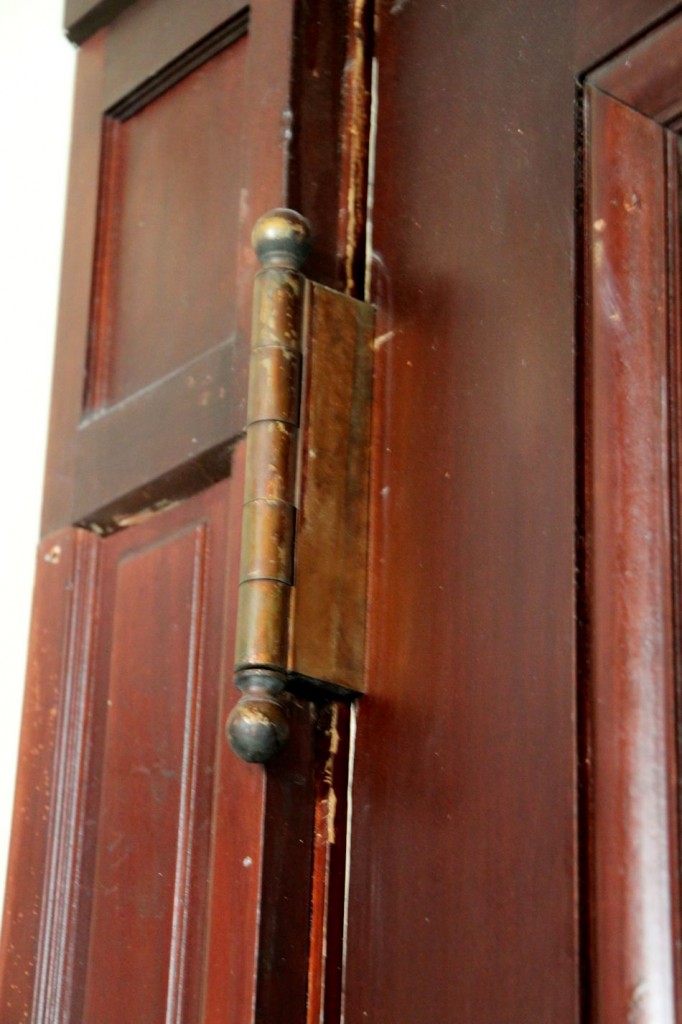

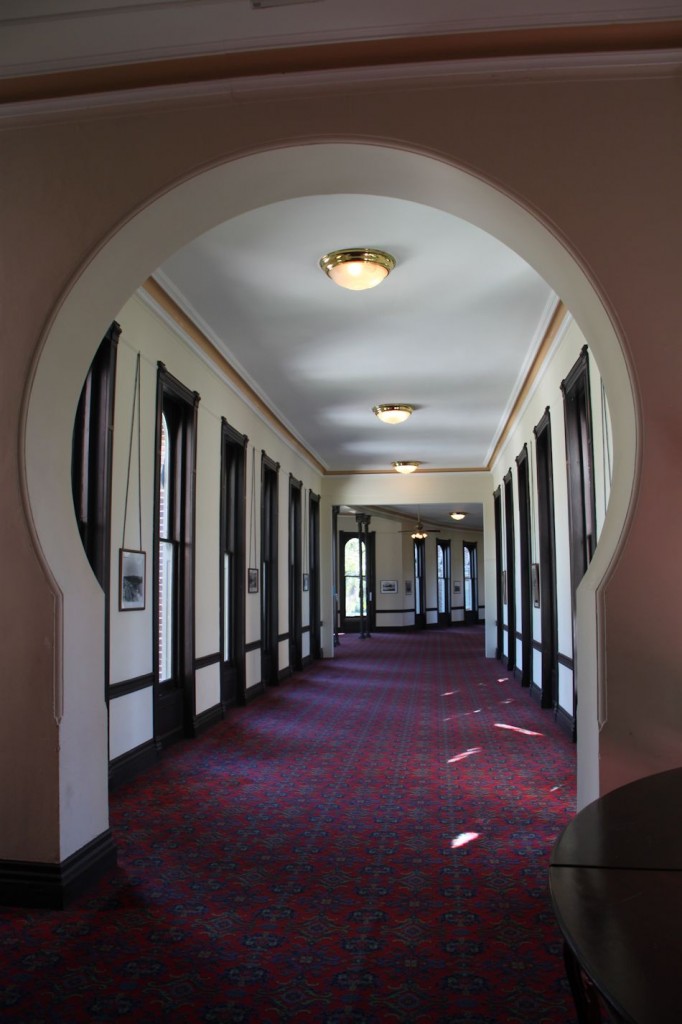
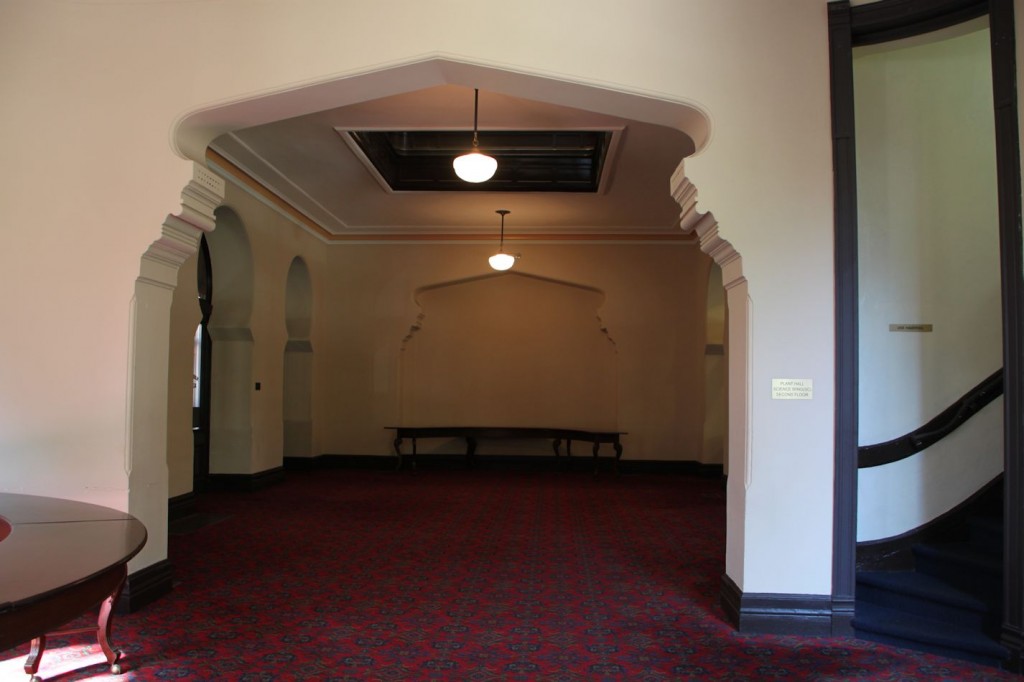
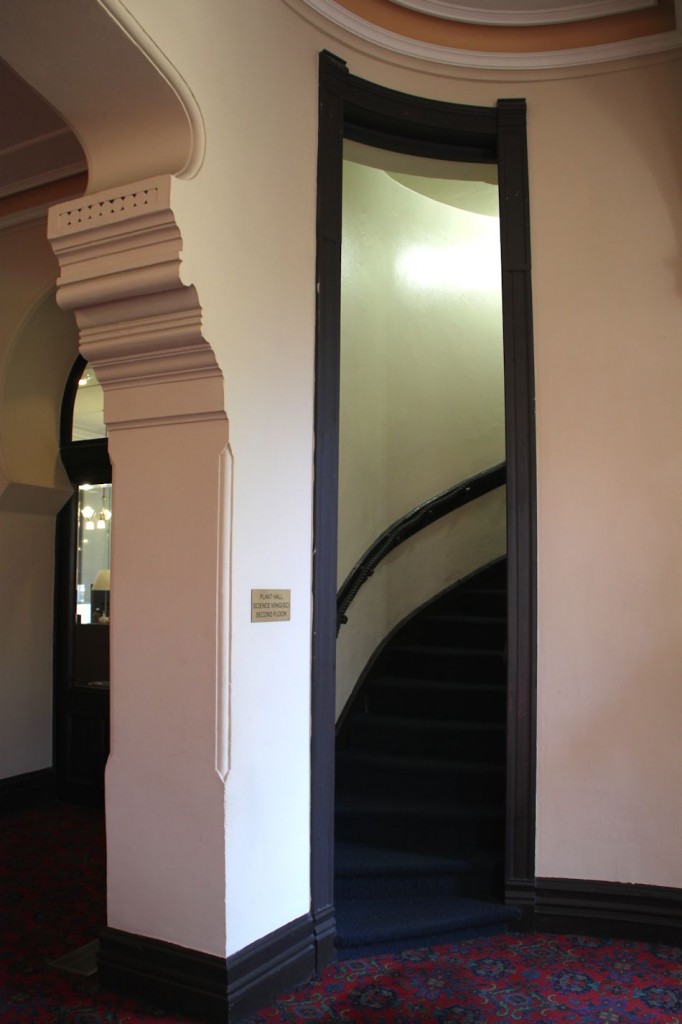





Great pictures! Thanks for documenting detail and not just general visual impact.
Thanks Dave!
How is the snow up your way??
Did you get two feet or more?
We got about 30″!
Ouch,
And no school for the children Monday?? Guess they have to have another door lesson!
Oh believe me…they ARE going to school.
i love this house